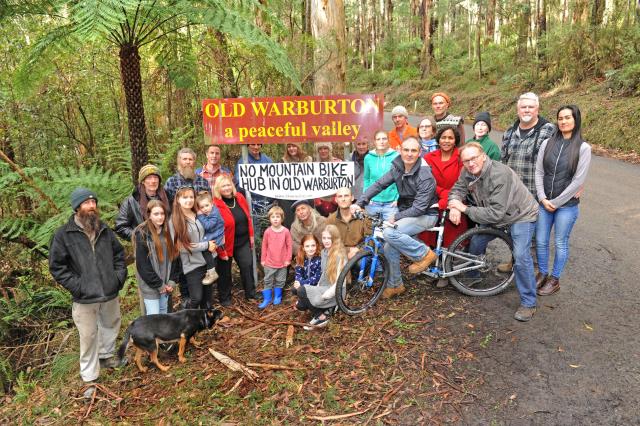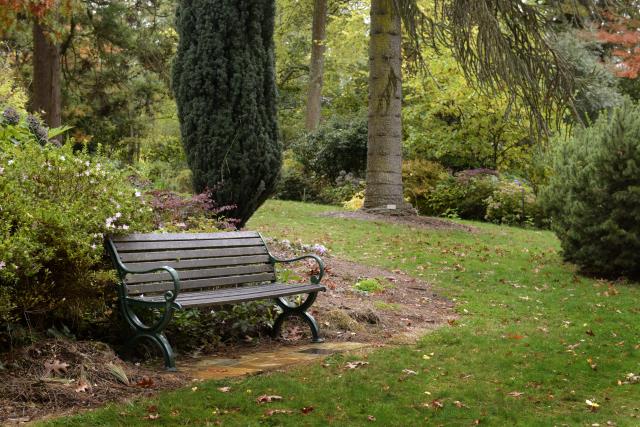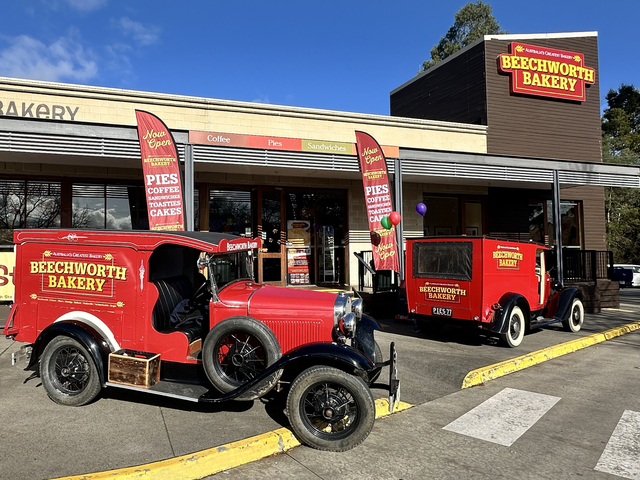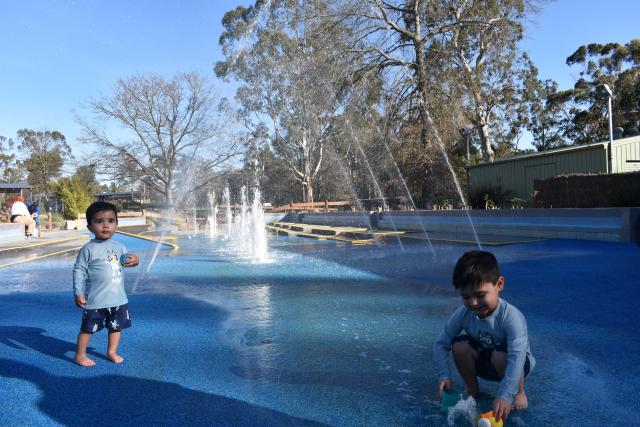The Inquiry Hearing for the Warburton Mountain Bike Destination Environment Effects Statement concluded as of 7 April 2022.
The project has received a very mixed response from its many stakeholders, with some excited by the prospect of a one-of-eight gold class mountain bike trail and its potential to rake in $48M for the regional economy, while others are concerned it may overrun Warburton’s infrastructure, disturb the local community and cause significant damage to the ecosystem of the Yarra Ranges National Park. The following parties have all submitted documents as part of the hearing which began on 15 March.
The Warburton Advancement League put forth a submission on 1 April, stating they feel the controversial Trail 1 of the project is crucial and have been advocates for tourism on Mt Donna Buang.
“The Warburton Advancement League has been an avid supporter of Tourism on Mount Donna Buang for all our 67-year history, not simply with advocacy, but also with our boots on the ground support,” said President Jeffrey Gill.
“We feel that the ‘Drop-a-K’ signature trail (Trail 1) on Mt Donna Buang has the same relevance to this Warburton Mountain Bike Destination project as the lookout tower did to the Federation of Victorian Walking Clubs back in 1957, and are keen again to advocate for this key element of the project to be included.”
Following the conclusion of the hearing, the Inquiry and Advisory Committee will now prepare the final report over the next 40 business days. They may ask for an extension if further information is requested and received following the close of the Hearing.
Warburton Valley Community Economic Development Association (WVCEDA) conducted a survey in December 2021 of 96 of its members, which found 90% of responses were in favour of the project.
They cited the economic benefits to region, local employment, new and expanding businesses, benefits to health, recreation, economy and natural environment and the potential to lead to the upgrading of public facilities and amenities for the benefit of all as key reasons for their support.
The Entomological Society Of Victoria displayed their disdain for the project in their submissions. Believing it will cause irreparable environmental damage if Stage 2 of the trail within the Yarra Ranges National Park is approved.
“Stage 2 in the National Park is not an essential part of the Project. At this stage the Proponent only has firm plans and funding to build Stage 1. The Proponent itself acknowledges that Stage 1 on its own is economically viable,” they said.
“Stage 2 comprises only 36% of the proposed total trail length, but carries with it by far the majority of the risk posed to the environment by this Project. Permitting Stage 2 cannot be justified, given the “real and present danger” it poses to the things which the National Park was created to protect and preserve.”
The Warburton Environment Group also raised their concerns. They had issues with the likely increase in traffic that would come from the estimated 527 visitors per peak weekend day, the crowded events schedule in Warburton that sees about six weekends a year the only ones free from events, the disruption to sites like Wesburn Park and the Warburton Golf Club and the increased bushfire risk with more visitors likely to cause more ignition events and a further congestion of traffic of those attempting to feel in the event of a bushfire. Warburton is largely n extreme bushfire risk area.
Member of the Upper Yarra Pony Club Anita Prowse also took issue with the proposed use of Wesburn Park, as it would disadvantage and demean other groups such as the Pony Club who have been utilising the facility prior, but would have to accommodate for mountain bikers.
The Victorian National Parks Association condemned the project.
“The VNPA urges the IAC to find that the impacts of the project on the Park are both significant
and unacceptable, Ultimately on the materials before it, the IAC cannot be satisfied that the environmental impacts in the Park are acceptable so as to recommend Trails 1 or the alternatives 45, 46 and 47, or any other trails in the National Park, should proceed,” they said.
“Even accepting the mitigation measures proposed, the proposal will present an unacceptable
level of risk to the Park’s conservation values, including but not limited to, listed threatened
rainforest communities and threatened species, particularly the Mount Donna Buang Wingless Stonefly.”
The Parks Victoria Board had their say, requesting an investigation of trails 1 and 2, while rejecting additional trails 5,6,7,8,45,46 and 47 on the basis of the need to protect park ecological values and the habitat of threatened species.
According to Parks Victoria, their primary issues in relation to potential biodiversity impacts include:
• Cumulative environmental impacts of extensive mountain trail networks throughout
this largely intact conservation-significant landscape, including significant Cool
Temperate Rainforest and Cool Temperate Mixed Forest
• Threat of disturbance to an abundant and critical forest component tree species,
Myrtle Beech, with its high vulnerability to the fungal pathogen, Myrtle Wilt
• Impacts on threatened Leadbeaters Possums and the habitats in which they forage,
breed and seek refuge
• Impacts on water systems and waterways relied on by the endemic Mount Donna
Buang Wingless Stonefly
Melbourne Water expressed their desire to ensure the project overcomes the technical challenges facing waterways in order to meet their statutory and mandated requirements for; waterway management, waterway crossings, stormwater generated from the trails and construction, water quality monitoring, biodiversity, integrated water management and Environmental Management Framework.
With the closing of the hearing, Yarra Ranges Council representatives summarised the council’s case for the project they have been planning for four years, having made their submissions at the beginning of the hearing.
The Council presented criticisms of the arguments put forward by parties such as Parks Victoria and Expert Witness Mr Edward Tsyrlin, and presented evidence of their work at length to ensure the project resolved any proposed concerns put forward by stakeholders.







